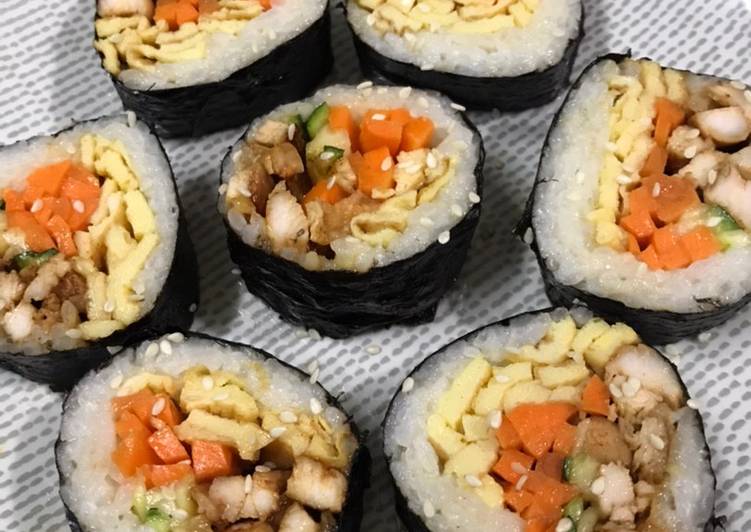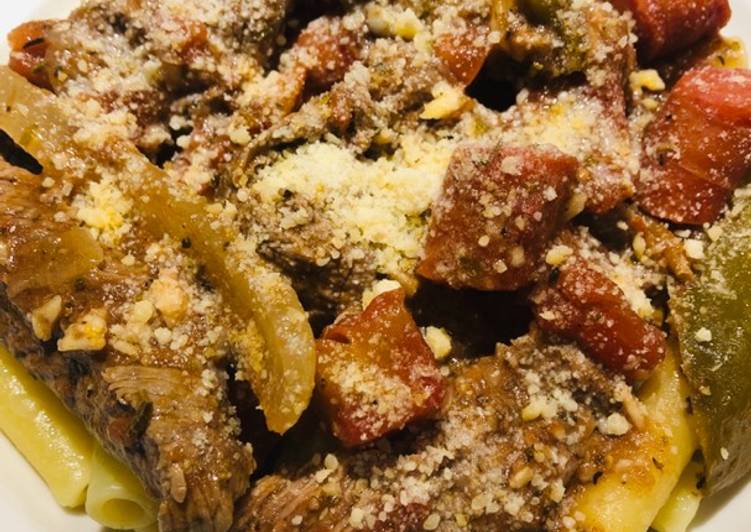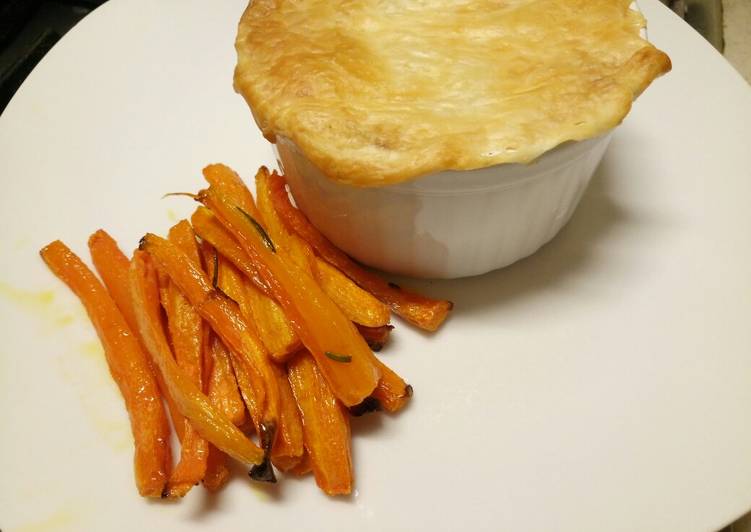
Hello everybody, hope you are having an amazing day today. Today, we’re going to prepare a distinctive dish, kimbap. One of my favorites. For mine, I will make it a bit unique. This is gonna smell and look delicious.
Gimbap (also sometimes spelled "kimbap") is the perfect meal on-the-go, a common sight at bus stations and a must-have at school picnics. The only limit for kimbap fillings is your imagination: You can find tuna, avocado, chicken, shrimp, and bulgogi kimbap. Basically, you can feel free to add whatever you want to the roll. Easy kimbap (Korean sushi roll) recipe!
Kimbap is one of the most favored of recent trending foods on earth. It’s enjoyed by millions every day. It’s easy, it’s fast, it tastes yummy. Kimbap is something that I have loved my entire life. They’re nice and they look wonderful.
To get started with this particular recipe, we must first prepare a few ingredients. You can cook kimbap using 8 ingredients and 4 steps. Here is how you cook it.
The ingredients needed to make Kimbap:
- Prepare 1/2 cup Calcose rice
- Make ready Sesame oil
- Prepare Sesame seeds
- Make ready Chicken fillet
- Get Carrots
- Take Zucchini
- Get 1 Egg
- Take Bulgogi sauce
It does include some Kimbap, or "seaweed rice," is often mistakenly referred to as sushi, but it is a popular Korean dish with its own unique flavors and history These rolls can be simple, with just a single sheet of seaweed wrapped around cooked rice, or complex, with entire restaurants dedicated to serving variations of kimbap This recipe uses traditional fillings, like a mix of vegetables, egg and meat, but. Kimbap—also known as gimbap—are Korean rice rolls that might look a lot like sushi but, in truth, are nothing like it. Japanese sushi is made out of rice seasoned with vinegar and customarily features raw fish, seafood, and vegetables, whereas Korean rolls use sesame oil in the rice and a variety of fillings, including meats, imitation crab, ham, eggs, and cheese. Gimbap (김밥) is a Korean dish made from cooked rice and other ingredients that are rolled in gim—dried sheets of seaweed—and served in bite-sized slices.
Instructions to make Kimbap:
- Cook the rice. Prepare the rice. While it still hot, add sesame oil (1/2 ts), pinch of salt, brown sugar (1/2 ts) and sushi vinegar (1/2ts). Mix well using rice paddle until evenly seasoned. Let the rice cool down.
- Filling preparation. Cook omelette & cut into thick strip (refer photo). Carrots & zucchini cut into strip & marinated with 1 ts sugar, pinch of salt & lemon (refrigerated for 30 minute or you can use it right away). Stir fry bulgogi chicken over medium high heat until cooked through, 5-6 minute. Arrange all the fillings together on a plate.
- Put a seaweed sheet. Spread sesame oil & rice over the seaweed sheet using rice paddle or wet finger (to avoid the rice sticking to your finger). Lay the prepared ingredients on top of the rice.
- Lift the entire bottom edge with both hand and roll over the filling, tucking in the filling using fingers. Put the firm pressure over the roll with the help of bamboo mat (mine using baking paper) to close everything tightly. The continue to roll again, putting pressure evenly over the roll using both hands. Rub the roll with sesame oil and pack in baking paper. refrigerated for an hour or 2. Not advised for overnights. cut the roll only when ready to serve.
Japanese sushi is made out of rice seasoned with vinegar and customarily features raw fish, seafood, and vegetables, whereas Korean rolls use sesame oil in the rice and a variety of fillings, including meats, imitation crab, ham, eggs, and cheese. Gimbap (김밥) is a Korean dish made from cooked rice and other ingredients that are rolled in gim—dried sheets of seaweed—and served in bite-sized slices. It is not to be confused with sushi, which is from Japan. The dish is often part of a packed meal, or dosirak, to be eaten at picnics and outdoor events, and can serve as a light lunch along with danmuji (yellow pickled radish) and kimchi. Kimbap is Korean Seaweed Rice Roll that is made with seasoned rice and various veggies and meat that's rolled in dried seaweed (kim).
So that is going to wrap this up for this exceptional food kimbap recipe. Thanks so much for your time. I am confident that you can make this at home. There is gonna be interesting food in home recipes coming up. Don’t forget to bookmark this page on your browser, and share it to your loved ones, friends and colleague. Thank you for reading. Go on get cooking!

